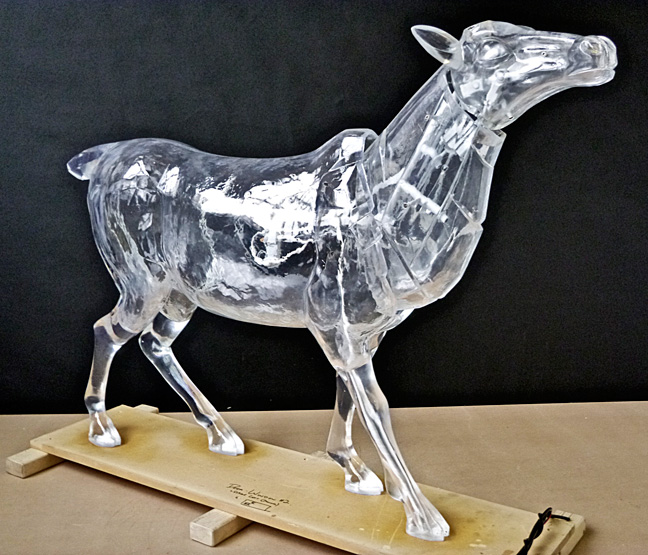
Photos courtesy of : Fabrice Covelli
1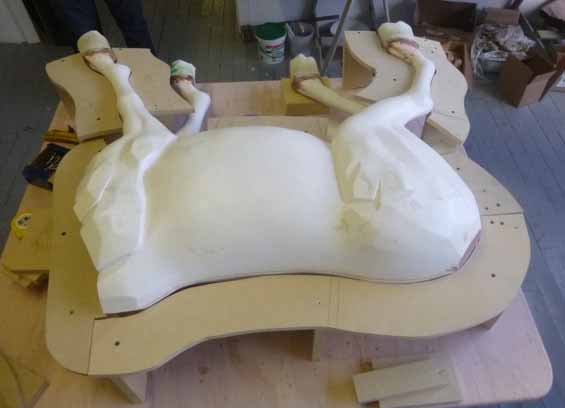 |
2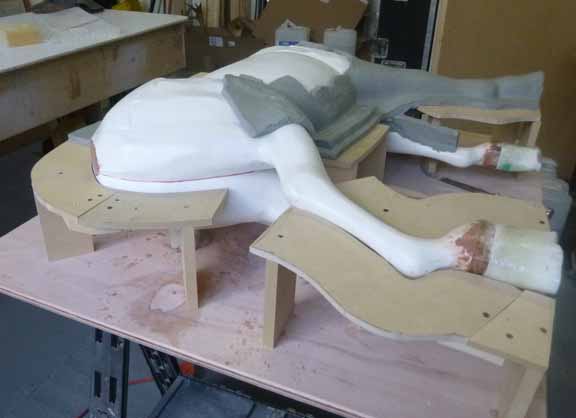 |
3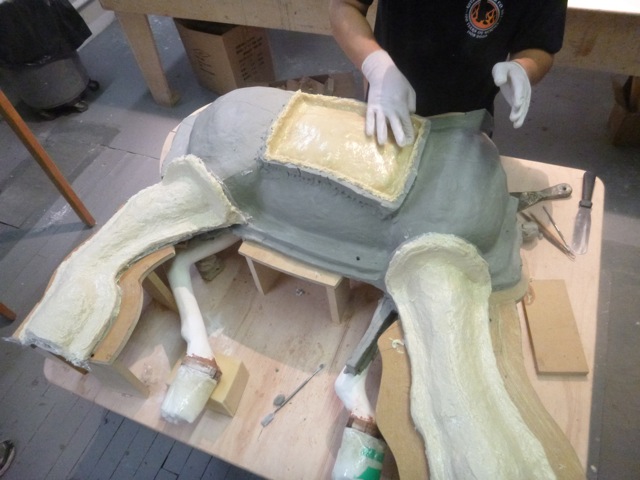 |
4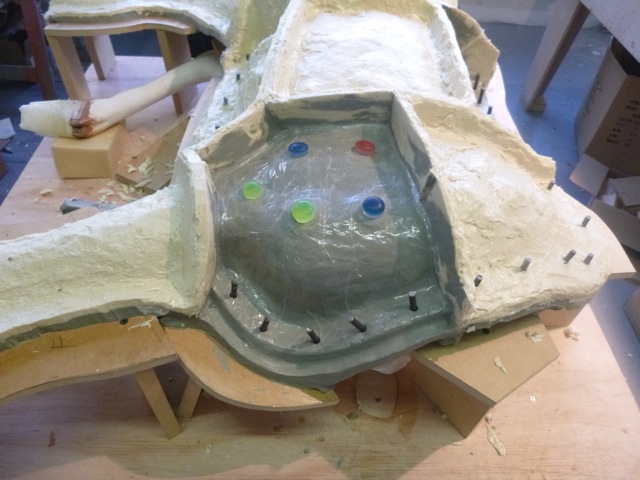 |
5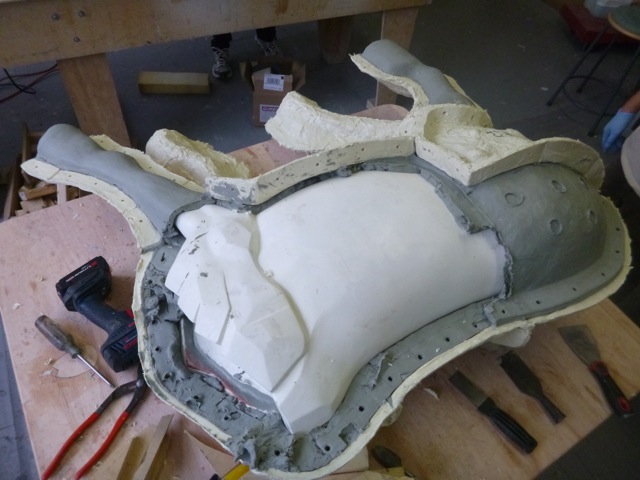 |
6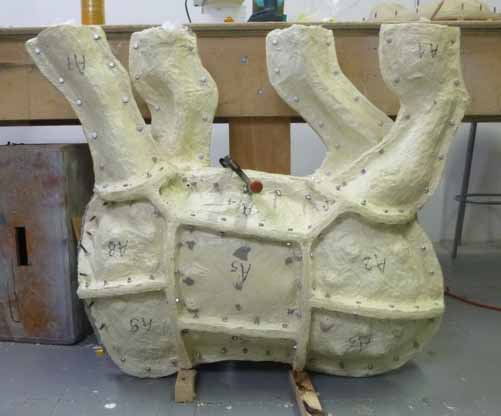 |
7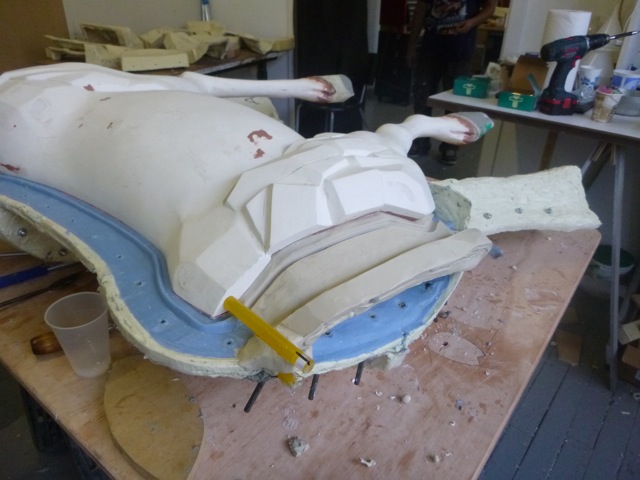 |
8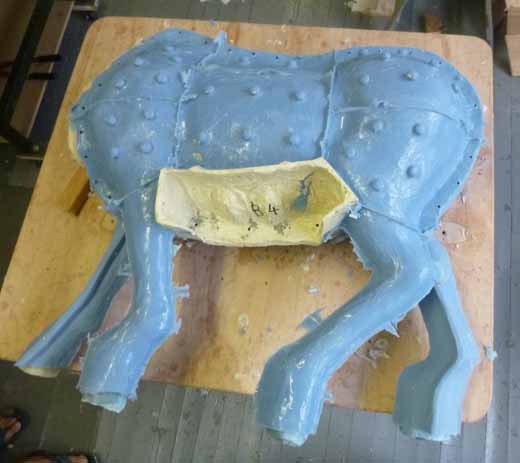 |
9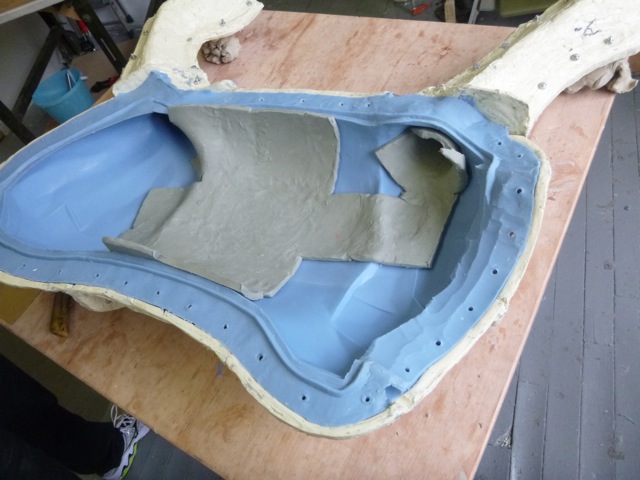 |
10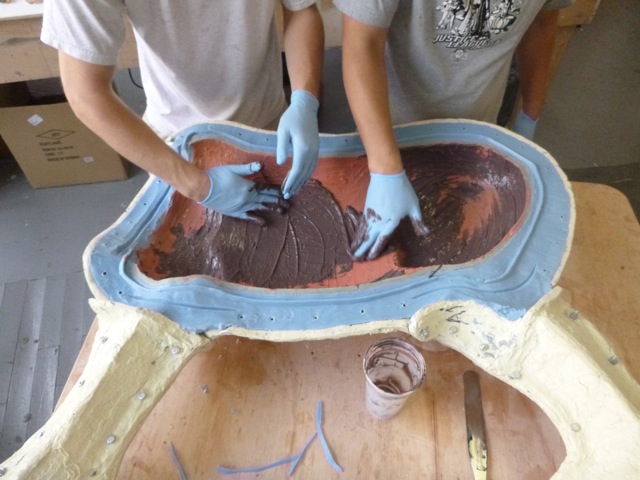 |
11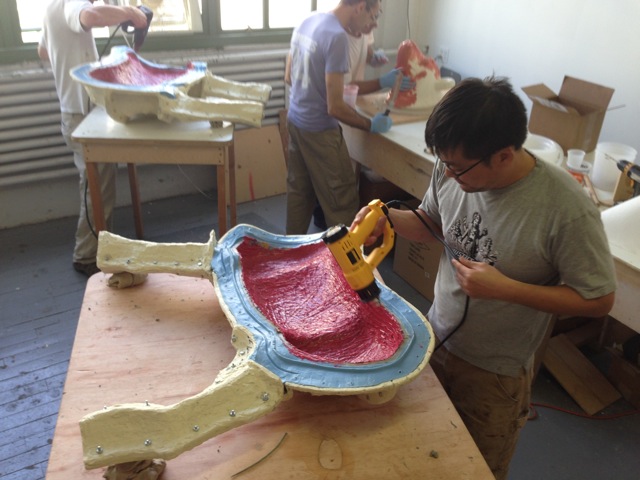 |
12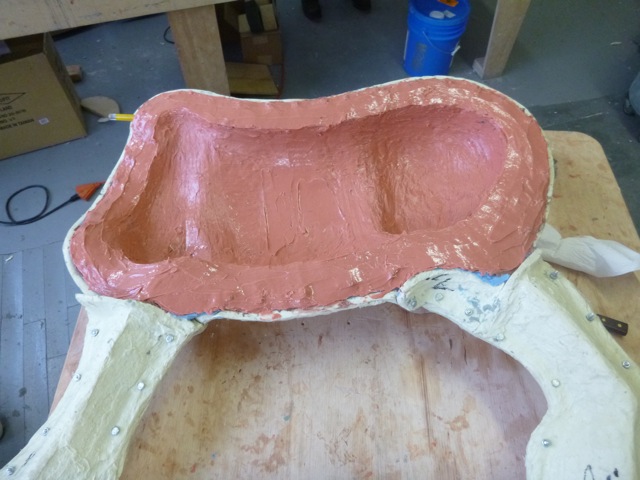 |
13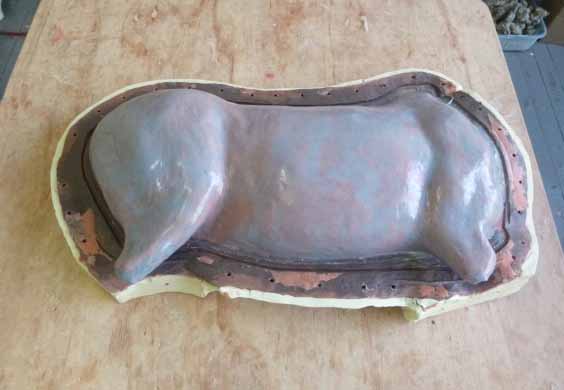 |
14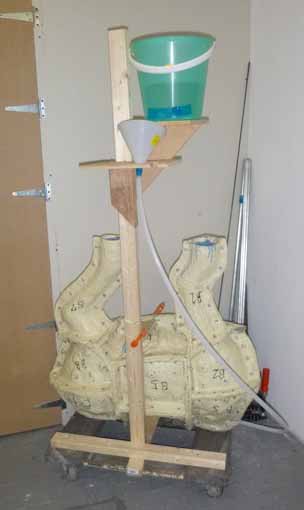 |
15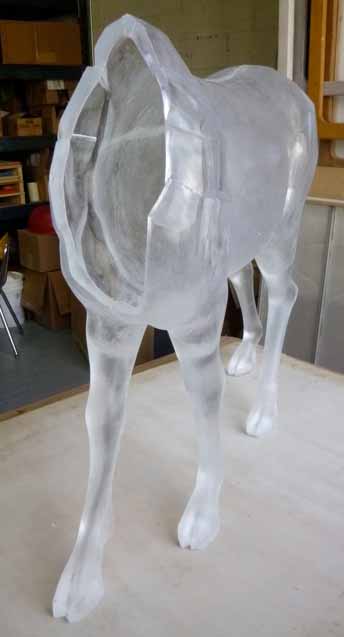 |
16 |
I would like to Intoduce you to one of our very many talented artists, Fabrice Covelli. He has graciously allowed us to use his photos to show you the prcess of how he uses some of the materials that we sell. Please feel free to visit his site : http://www.fabricecovelli.com/
Here is the product information as supplied to us from Silicone Inc, Description XP-643 silicone rubber is a two-component, addition reaction, platinum catalyzed system that cures at room temperature. It has a moderate durometer, high elongation, superb physical properties, excellent release and good chemical resistance.
Mixing Instructions
Mix 10 parts by weight of XP-643 base with 1 part by weight of XP-643 activator in a container that will
hold approximately 3 to 4 times the volume being used. Stir thoroughly either by hand or by
mechanical mixing. Immediately after mixing, place the material in a vacuum chamber capable of 28 to
29 inches of mercury vacuum. The material will expand to double or triple its original volume and
then collapse. Maintain vacuum for an additional 2 to 3 minutes and remove. Carefully pour the
catalyzed silicone rubber over the released pattern (MR-15 is recommended.)
Cure Sensitivity
XP-643 may have its cure inhibited at the interface between the mold and the master. Models that have
come in contact with tin catalyzed rubbers (the GI-Series) may show cure inhibition at the face of the
mold. This can usually be prevented by thoroughly cleaning the model with naphtha or methylene
chloride, releasing and checking the area by brushing on a small amount of catalyzed XP-643 rubber.
After 24 hours this film must be cured and non-sticky. In the event that the contamination still exists,
the model should be cleaned again and a thin film of acrylic or nitrocellulose lacquer or base coat
should be applied. This should serve as a barrier coat and allow a completely cured mold to be
prepared. Other substrates such as clay containing sulfur or any other sulfur, amine, or tin
contaminated materials will cause surface inhibition and in all cases a test should be run as outlined
above to determine compatibility.
Typical Properties
Color of Base Off White Tear strength, ppi 140 ± 10
Color of Activator Blue Tensile strength, psi 725 ± 50
Viscosity, mixed, cps 25,000 Elongation, % 700 ± 25
Specific gravity 1.13 Shrinkage, % Nil
Working time, hours 1 Shelf Life (months) 6
Shore A hardness 40 ± 4